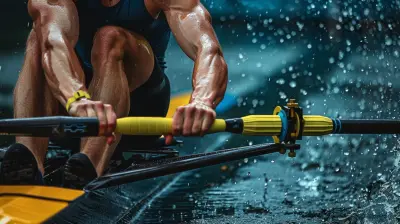The Cultural Impact of MMA Across Different Countries
15 July 2025
Mixed Martial Arts (MMA) isn't just a sport anymore; it's a global phenomenon. From the octagon to the streets, MMA has found its way into the hearts, minds, and cultures of millions across the globe. But have you ever stopped to think about how MMA influences different countries? How it has shaped their sporting identity, youth culture, or even their societal values?
Let’s take a deep dive into the cultural impact of MMA across different countries, shall we? And trust me, it's not just about punches, kicks, and submissions—it's about how a sport can transcend borders and become part of the social and cultural fabric of diverse nations.
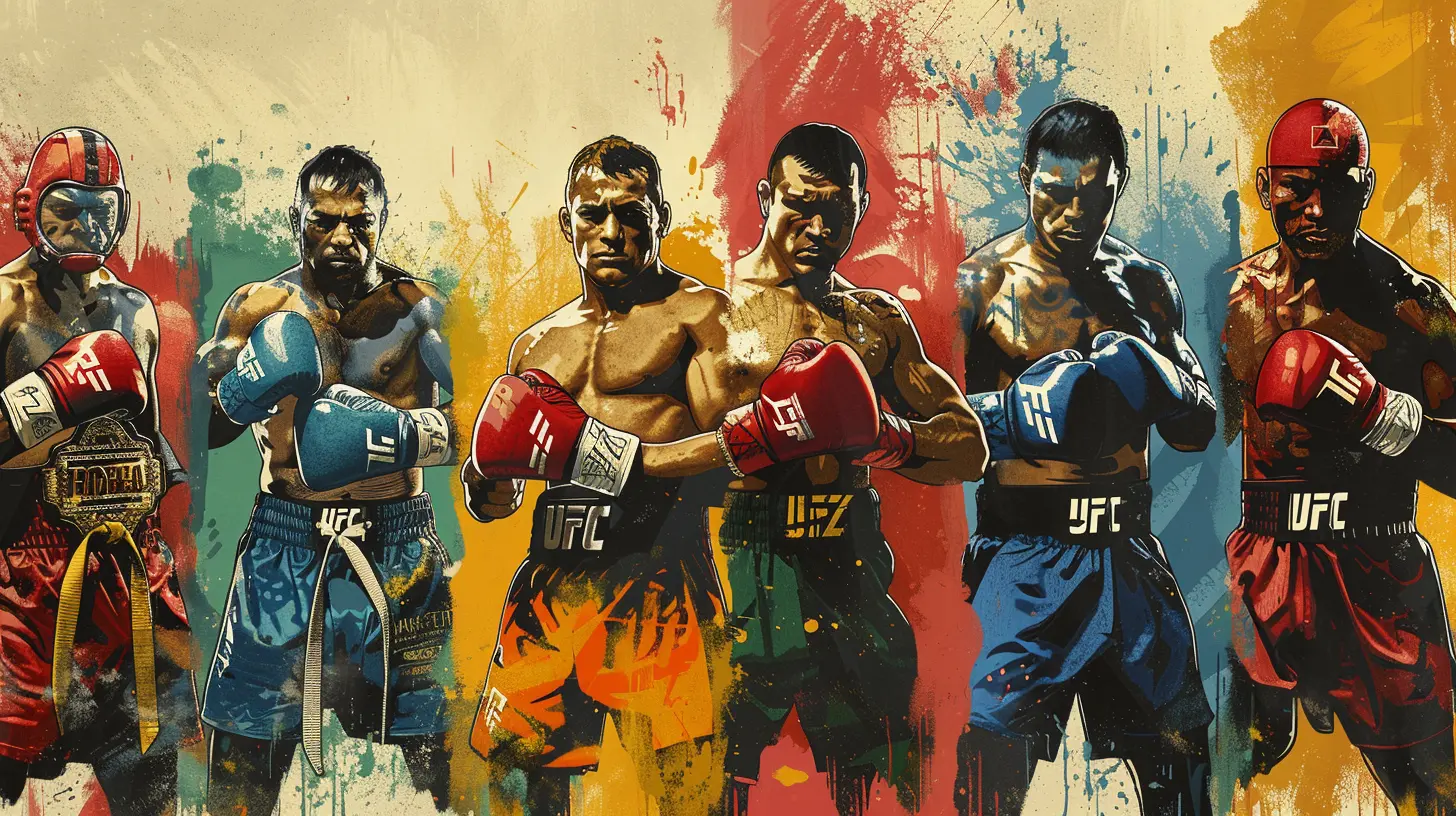
The Globalization of MMA
Before we get into the country-specific stuff, let’s talk about the bigger picture—how MMA went global. Back in the 1990s, MMA was a relatively niche sport, dominated mainly by Brazilian Jiu-Jitsu (BJJ) practitioners and a few wrestlers. The UFC (Ultimate Fighting Championship) was just getting started, and the world had no idea what MMA would become.Fast forward to today, and MMA is a multi-billion-dollar industry. It's not just confined to the UFC anymore. Organizations like Bellator, ONE Championship, and Cage Warriors have their own global following. MMA gyms are popping up everywhere, from small towns to bustling metropolises. The sport is now a universal language, connecting people across continents. But what's really fascinating is how MMA has been embraced differently in various countries.
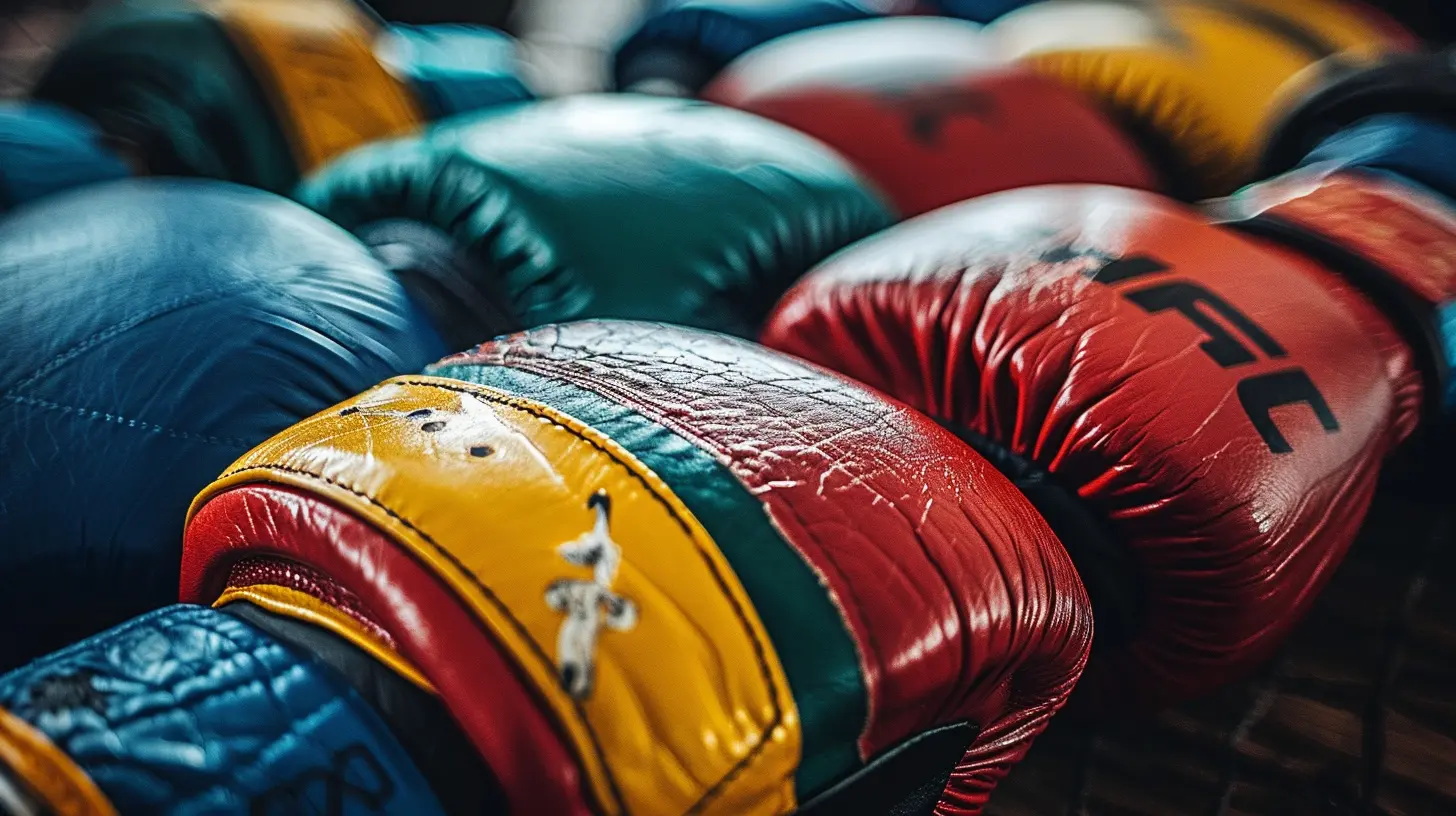
MMA in Brazil: The Birthplace of BJJ and Vale Tudo
Let's start with Brazil, the birthplace of Brazilian Jiu-Jitsu and Vale Tudo ("anything goes") fighting. If you know anything about MMA, you know how pivotal BJJ has been in shaping the sport. The Gracie family arguably laid the foundation for modern MMA, showing the world that technique could trump brute strength.But in Brazil, MMA is more than just a sport—it’s a part of their cultural identity. Fighting, in many ways, is ingrained in Brazilian culture, from their history of capoeira to the neighborhood "lutas" (fights) that happen in the favelas. In Brazil, MMA often serves as a way for young men and women to escape poverty and build a better future.
And it’s not just about the fighters. Brazilian fans are some of the most passionate in the world. Walk into a fight night in Rio de Janeiro, and you’ll feel the energy buzzing. The crowd chants, the samba drums, the palpable excitement—it’s like a carnival, but with punches and armbars. For Brazilians, MMA isn’t just a sport; it’s a celebration of resilience, skill, and national pride.
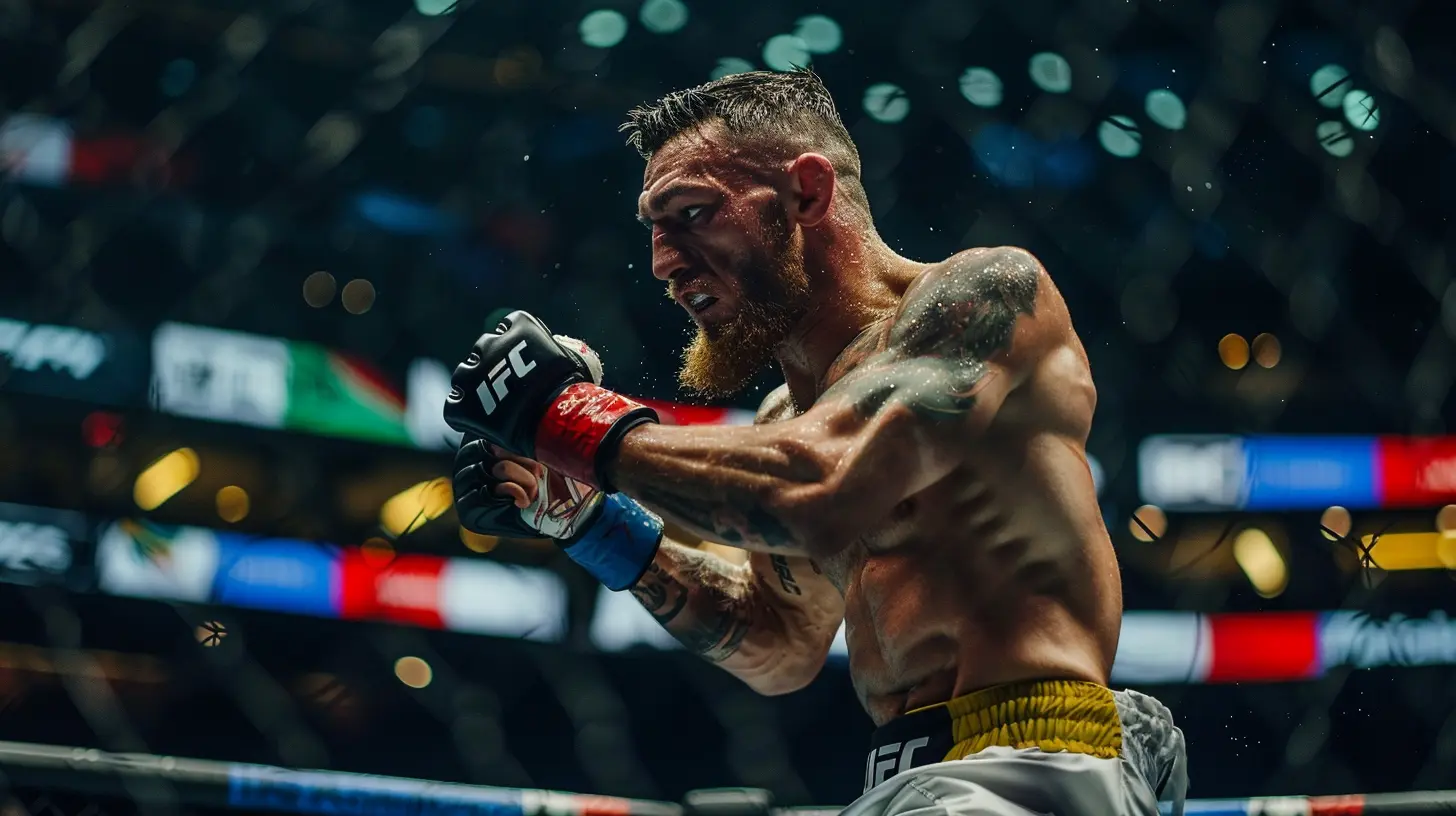
MMA in the United States: The UFC's Rise to Mainstream
Now, let's talk about the United States—the country that arguably made MMA a household name thanks to the UFC. Americans love their sports, and traditionally, it’s been football, basketball, or baseball that dominated the national conversation. But MMA? Oh, MMA came in and shook things up.The UFC, founded in 1993, was initially seen as a brutal, niche sport. But with Dana White at the helm and the introduction of rules to make it more "viewer-friendly," MMA started to gain traction. The reality show “The Ultimate Fighter” aired in 2005, and boom—the UFC exploded into mainstream culture.
In the U.S., MMA has become more than just a sport; it's a lifestyle. Gyms offering MMA classes are everywhere, from high-end fitness centers to grungy, sweat-stained fight clubs. The sport has also influenced fashion, with brands like Tapout and Venum becoming popular among fans and fighters alike.
What’s fascinating about MMA in the U.S. is its diversity. You’ve got athletes from all sorts of backgrounds—wrestlers, boxers, kickboxers, karate practitioners—all blending their skills to see who comes out on top. It’s a melting pot, much like the country itself. And just like in Brazil, MMA has offered many Americans an escape from difficult circumstances, turning fighters into folk heroes.
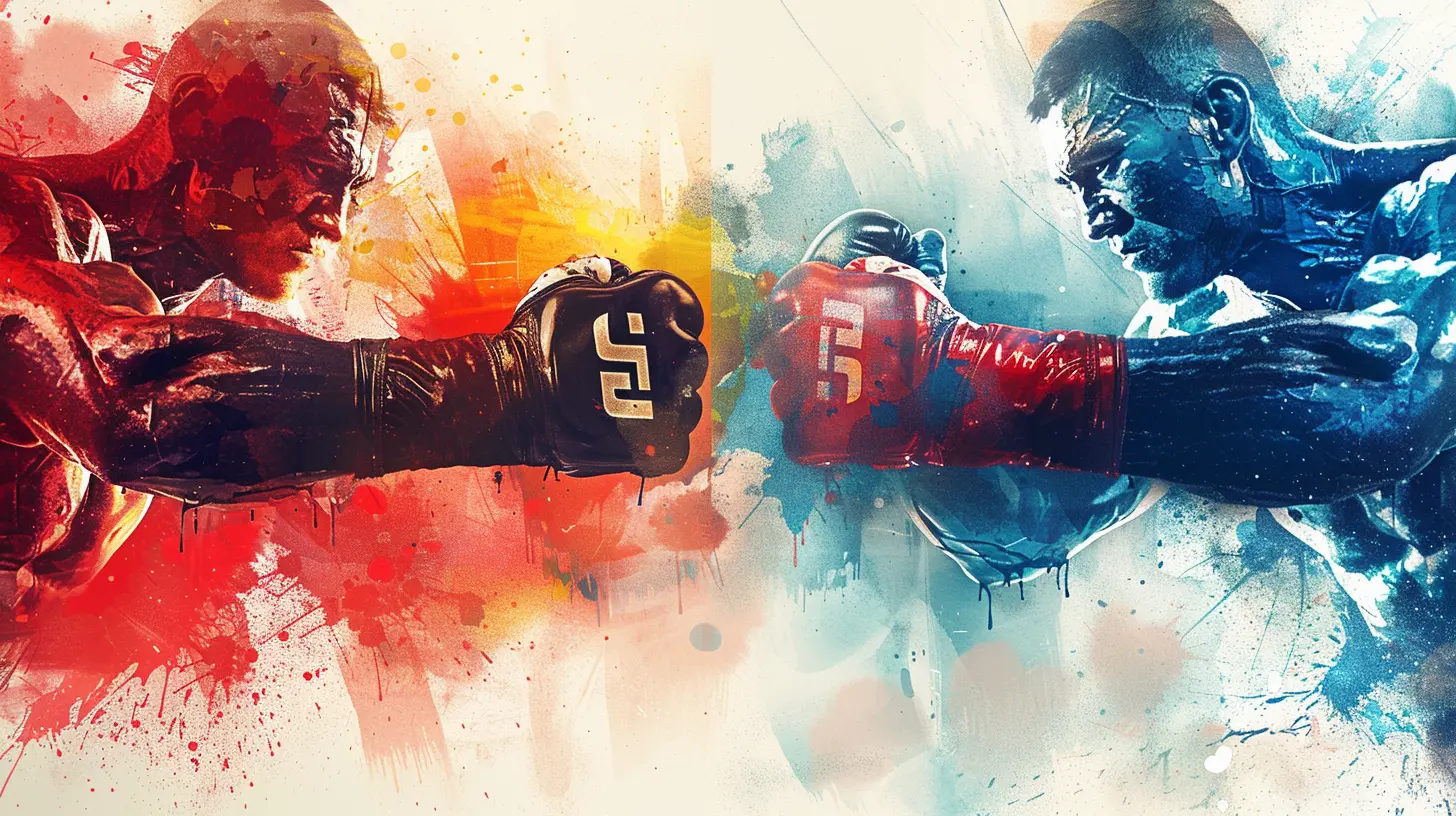
MMA in Japan: Bushido and Pride
When you think of combat sports in Japan, sumo wrestling might come to mind first. But Japan also has a long, rich history with MMA. In fact, Japan was an early adopter of MMA, even before the UFC grew into what it is today.The Pride Fighting Championships, which ran from 1997 to 2007, was one of the most popular MMA organizations in the world. Pride was like the UFC’s wild cousin—flashier, more theatrical, and with a deeper connection to Japan’s martial arts traditions. Pride events were often held in massive stadiums, drawing in tens of thousands of fans.
For the Japanese, MMA isn’t just about winning or losing. It’s about "Bushido"—the way of the warrior. There’s a deep respect for the art of fighting, and fighters are often seen as modern-day samurais. Honor, discipline, and respect are embedded into the culture of combat sports in Japan. Even today, organizations like Rizin carry on that legacy, with fighters often bowing to each other before and after bouts, in a show of mutual respect.
MMA in Russia: A New Generation of Warriors
Russia has a storied history with combat sports, particularly wrestling, judo, and sambo. Sambo, a Russian martial art, combines elements of wrestling and judo and has been a dominant force in Russian MMA. In fact, some of the UFC's most feared fighters, like Khabib Nurmagomedov, hail from Russia's Dagestan region, where wrestling is practically a way of life.In Russia, MMA symbolizes toughness, grit, and endurance. The country has produced a new generation of warriors who have taken the global MMA stage by storm. The discipline, work ethic, and no-nonsense approach to training in Russia have made its fighters some of the most feared in the sport today.
But the cultural impact of MMA in Russia goes deeper than just the fighters. MMA events in Russia are incredibly popular, especially in regions like Dagestan and Chechnya, where combat sports have deep historical roots. And just like in Brazil, MMA has become a way for many young Russians to rise above their circumstances, using the sport as a stepping stone to fame and financial stability.
MMA in Thailand: From Muay Thai to MMA
Thailand is known for its national sport, Muay Thai, which has been around for centuries. But in recent years, MMA has started to make inroads into this traditional combat sports culture. Initially, there was some resistance to MMA in Thailand. After all, why would a country with such a rich history in striking arts need anything else?However, as MMA grew in popularity globally, Thailand couldn’t ignore it forever. Fighters started to cross-train, blending their Muay Thai skills with grappling, wrestling, and BJJ. Today, Thailand is becoming a hub for MMA training, particularly for foreign fighters who travel to the country to sharpen their striking skills.
MMA in Thailand represents a fusion of old and new. Muay Thai fighters, who already have some of the best striking skills in the world, are now rounding out their game with grappling and submissions. And for many in Thailand, this shift represents a broader cultural acceptance of globalization in sports.
MMA in the Philippines: A Fighting Spirit
The Philippines has always had a strong love for combat sports, especially boxing, thanks to legends like Manny Pacquiao. But MMA is quickly catching up. The rise of ONE Championship, an MMA organization based in Singapore but with a huge following in the Philippines, has played a significant role in popularizing the sport.In the Philippines, MMA is more than just a sport—it’s about the fighting spirit. Filipinos are known for their resilience and toughness, traits that are deeply admired in MMA. The country has produced several notable fighters, and MMA events are often packed with enthusiastic fans.
Much like boxing, MMA has offered many young Filipinos a way out of poverty. It’s seen as an opportunity to make a name for oneself and provide for one’s family. The cultural impact of MMA in the Philippines is still growing, but it's clear that the sport is here to stay and will continue to shape the country's sporting landscape.
MMA in Europe: A Growing Phenomenon
Europe is a mixed bag when it comes to MMA. Countries like the U.K., Ireland, and Poland have embraced the sport wholeheartedly, while others are still catching up. In the U.K., for instance, fighters like Michael Bisping and Darren Till have helped put British MMA on the map. Ireland, of course, has Conor McGregor, perhaps the most famous MMA fighter on the planet.In Poland, KSW (Konfrontacja Sztuk Walki) is one of the biggest MMA organizations in Europe, and it has a massive following. Polish fighters are known for their toughness, and the country has produced several top-tier athletes who have made waves in the UFC.
MMA in Europe is evolving quickly. The sport is gaining mainstream acceptance, and more and more European athletes are competing at the highest levels. It’s no longer just a niche sport; it’s becoming part of the broader European sports culture.
Conclusion: MMA as a Global Cultural Force
MMA has transcended its roots as a brutal, underground sport to become a global cultural force. It’s not just about fighting—it’s about identity, resilience, and the human spirit. From the favelas of Brazil to the gymnasiums of Russia and the stadiums of Japan, MMA has woven itself into the fabric of countless cultures.While the sport may look different in each country, the core values remain the same: discipline, respect, and the pursuit of excellence. And as MMA continues to grow, it will undoubtedly leave an even deeper cultural imprint on the world.
all images in this post were generated using AI tools
Category:
MmaAuthor:

Everett Davis
Discussion
rate this article
1 comments
Lira McInnes
This article provides a fascinating insight into the diverse cultural influences of MMA around the world. It’s intriguing to see how different countries embrace the sport, shaping their unique narratives and community engagement. Thank you for highlighting such an important aspect of MMA's global presence!
August 6, 2025 at 4:09 AM

Everett Davis
Thank you for your thoughtful comment! I'm glad you found the exploration of MMA's cultural influences engaging. It's fascinating to see how the sport connects diverse communities worldwide!

